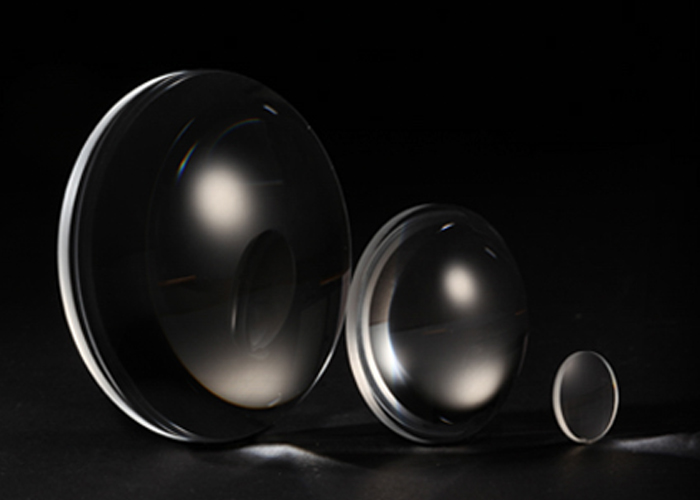First, the working principle of anti-reflection film
Anti-reflection film is a transparent film, the main role is to reduce the reflection loss of light through, so that the transmission rate is higher, the color is more real. Its working principle is to use the refractive index of the multilayer film to form an interference phenomenon, so that the reflected wave and the transmitted wave cancel each other, thereby reducing the reflection.
Specifically, the anti-reflection film is formed by alternating superposition of multiple dielectric films. When the light is incident from the denser interface of the external medium, there are two kinds of waves, reflected wave and transmitted wave, due to the difference in refractive index. These fluctuations have phase differences in different dielectric film layers, resulting in interference phenomenon. By designing and adjusting film thickness and refractive index parameters, reflection can be suppressed to the greatest extent, transmission can be enhanced, and the effect of anti-reflection can be achieved.
Anti-reflection film is widely used in various electronic products display, glasses, camera lenses and other fields. It can improve the clarity of the image, reduce the interference of light reflection, and improve the user experience.
Second, the working principle of increased reflection film
Enhanced reflection film is a kind of thin film material that can enhance reflection, which is mainly used in the fields of anti-glare and increasing reflectivity. Different from the anti-reflection film, the working principle of the anti-reflection film is to use the thickness and refractive index of the multi-layer dielectric film to produce a phase difference between the reflected wave and the incident wave, so as to form the effect of reflection enhancement.
Specifically, when light is incident from the thinner interface of the external medium, two kinds of waves are generated: reflected wave and transmitted wave. If a layer of reflective film material is coated on the reflective surface, due to the large ratio of refractive index to vacuum, a phase difference will be formed between the reflective surface and the reflective film, so that the effect of reflection enhancement is generated, thereby reducing the transmission rate, increasing the reflectivity, and achieving the effect of anti-glare.
Enhanced reflection film is widely used in various optical instruments, display screens and even glass curtain walls of buildings. It can improve the brightness and clarity of the display, reduce the interference of light, and improve the user experience.
In short, anti-reflection film and anti-reflection film are commonly used optical thin film materials, which can play an important role in their respective fields. Through the detailed explanation of their working principle and application, we can better understand their advantages and disadvantages, and better apply to actual production and life.












